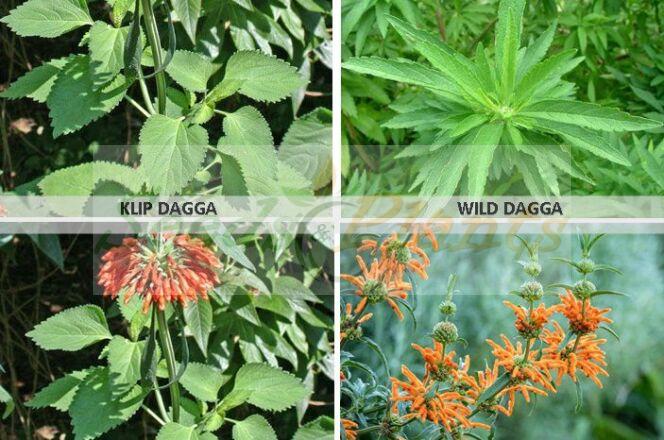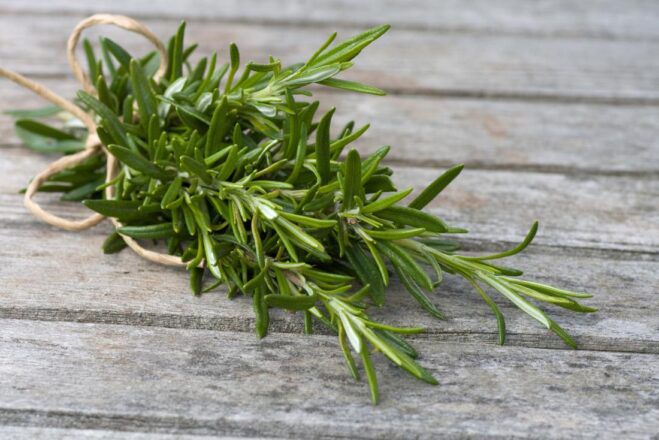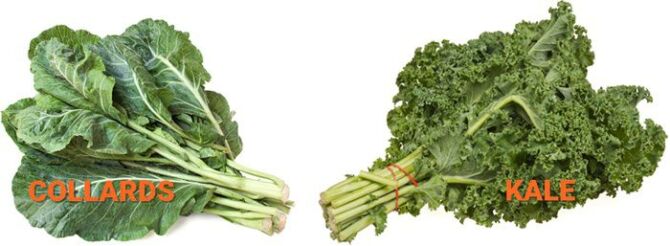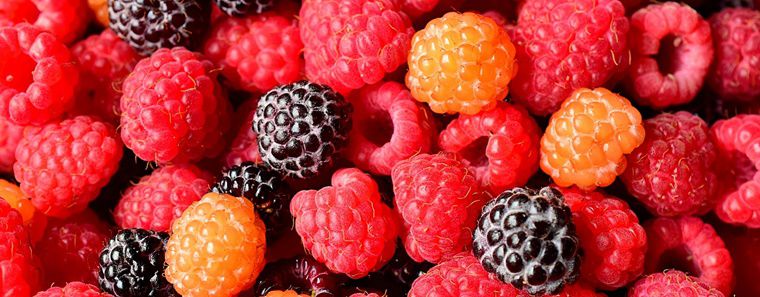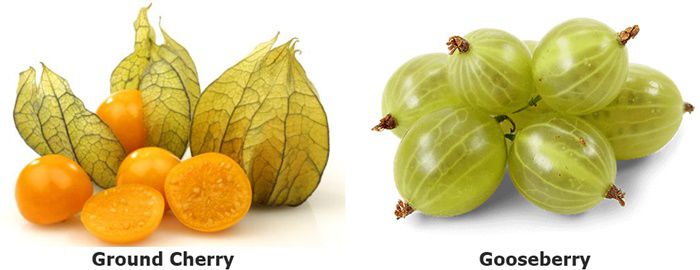Gardening Tips
Bulbs, Corms, Tubers and Rhizomes
Bulbs, Corms, Tubers and Rhizomes are actually underground stems, not roots. These underground stems are all storage facilities for the plant, storing starches, proteins and other nutrients. In other perennials this function would be carried out over winter by the root system.
The differences between Bulbs, Corms, Tubers and Rhizomes
Bulbs
Bulbs are a collection of underground leaves that store food and water at the center of the bulb. These leaves are visible as layers. Due to this layered nature, bulbs are often called true bulbs. Bulbs are usually rounded or egg-shaped. They have a pointed end, which grows up forming the stem.
Tulips, onions, daffodils, alliums, hyacinths, and lilies are some examples of bulbs.
Corms
Corms are similar to bulbs but do not have fleshy scales. Corms are modified stems with a tunic. They are a type of stem tissue differentiated to store nutrients. Corms are either rounded or slightly flattened at the top. The basal plate occurs at the bottom of the corm and a corm may have several growing points, which appear as bumps or nodes, called cormels or cormlets. The parent corm dies back and the Cormels can be divided from the parent corm and planted separately.
Some examples of corm-developing plants are gladiolus, freesia, and crocus.
Tubers
Tubers are the undifferentiated stem. They lack a basal plate. Most roots develop from the bottom of the tuber. Some tubers have organized growing points called eyes at the top. Tubers do not produce an offspring but, they grow in size in every year. Some tubers have fleshy roots, which look like fat fingers. The two types of tubers are stem tubers and root tubers.
Stem tubers such as potatoes are underground stems. Root tubers such as beets are underground roots.
Rhizomes
Rhizomes are the swollen underground stems, which grow horizontally under the soil. New growing points occur along the surface of the rhizomes. Some underground rhizomes are ginger, turmeric, common iris, lily-of-the-valley, canna and calla lily.
Disclaimer
Medicinal Information:
All medicinal information on this website is for educational and informational purposes only and may not be construed as medical advice. The information is not intended to replace medical advice or treatment offered by healthcare professionals.
Seeds, Plants, Plant Cuttings, Geophytes and Dried Herbs:
In some countries and provinces, certain plants are deemed as invasive and are not allowed to be planted at all, whilst some plants are allowed to be grown only in certain areas or provinces. The onus is on you as the buyer to familiarize yourself with the regulations pertaining to your location, before purchasing any of our seeds, plants, plant cuttings, geophytes or dried herbs. We will not be held liable, should you purchase any seeds, plants, plant cuttings, geophytes or dried herbs. from us which are prohibited in your country or province.


